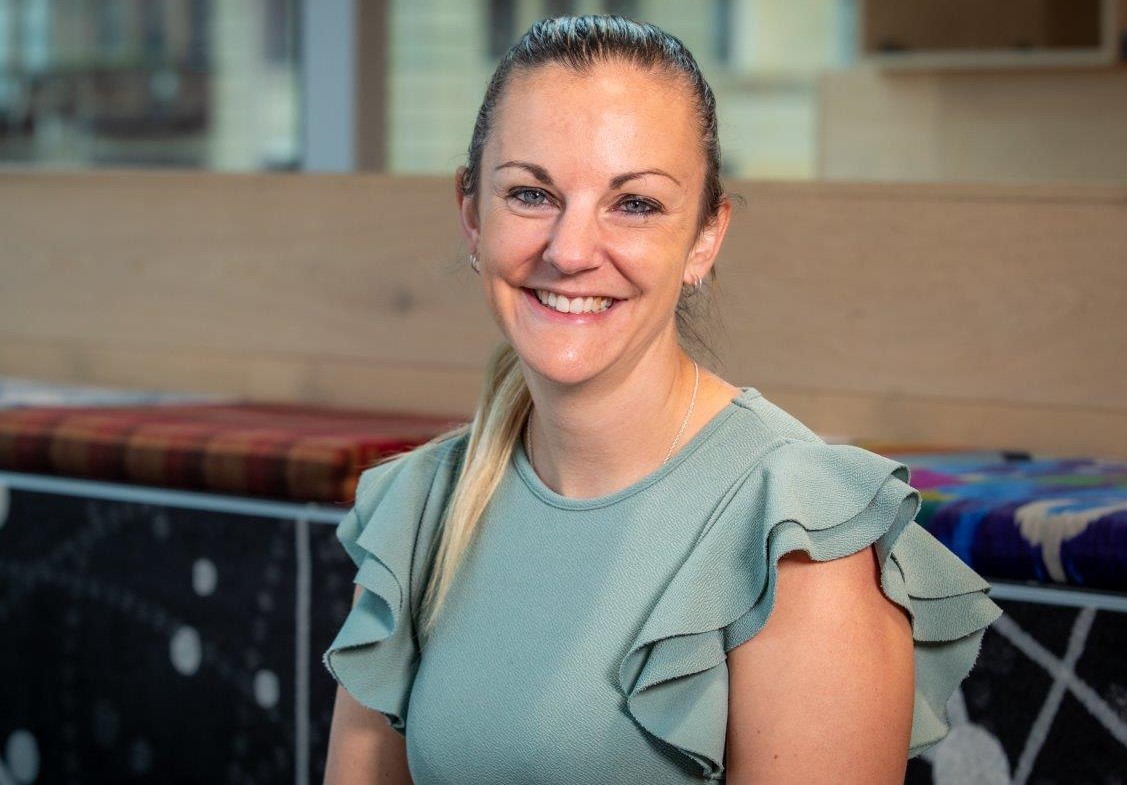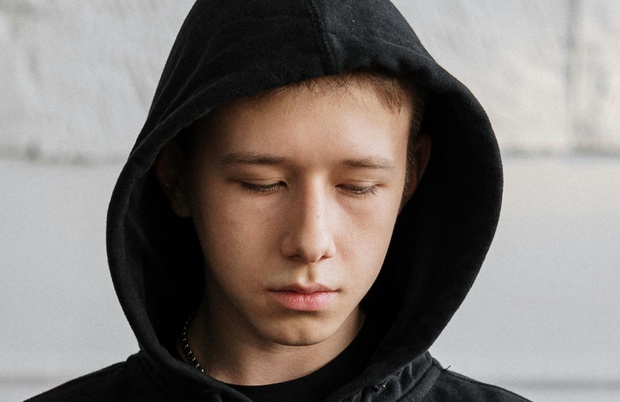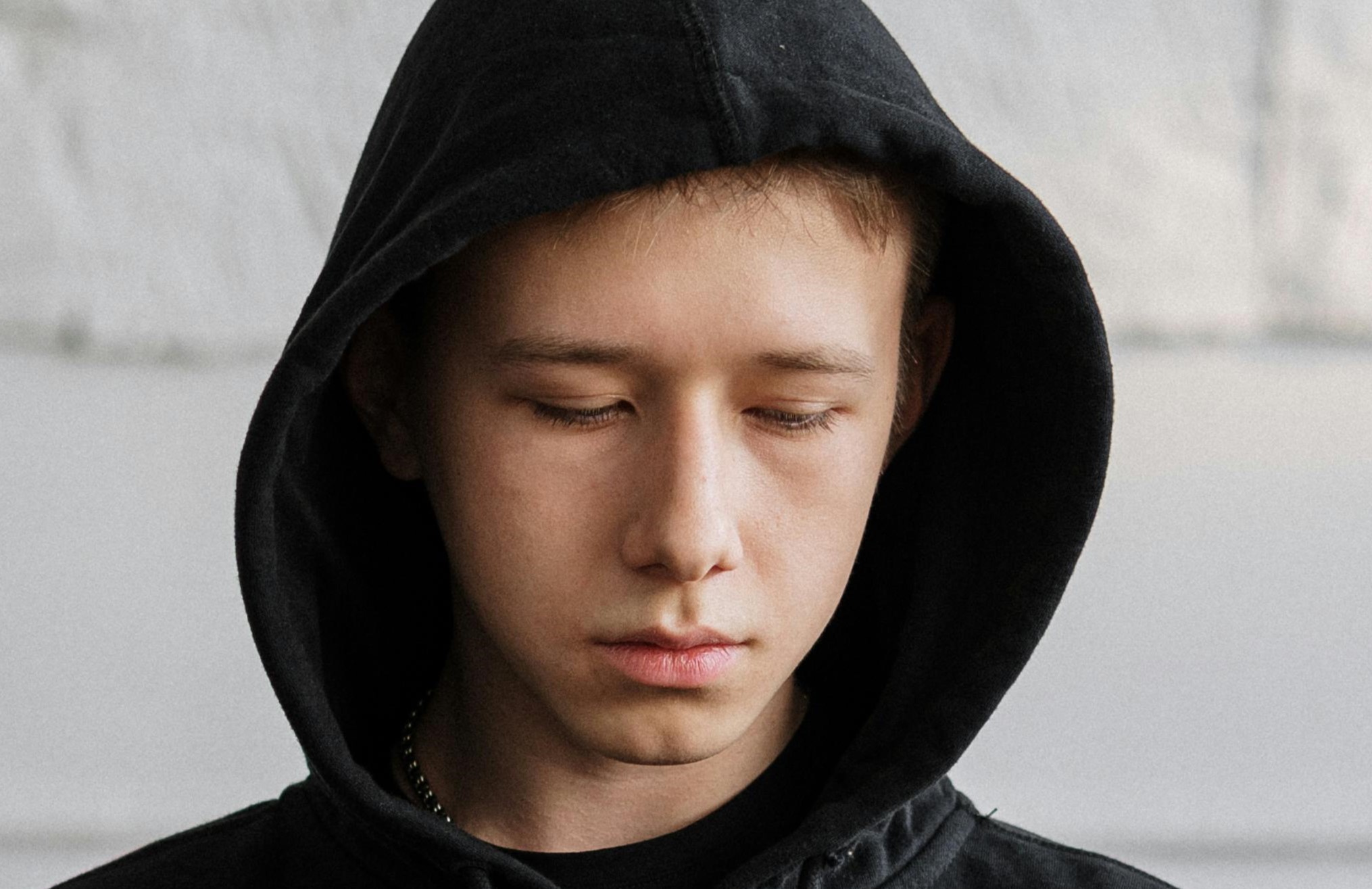The Australian Council for Educational Research (ACER) released its second report last Tuesday, analysing the latest data from the OECD Programme for International Student Assessment (PISA) test.
It found that Australian students feel less safe at school compared to the OECD average, with only students from Poland, New Zealand, Hong Kong, and the United States feeling less safe, and students here reported higher exposure to bullying than all comparison countries except Latvia, and similar exposure to students in New Zealand and the United Kingdom.
Nearly 20 per cent of Australian students reported that other students made fun of them, while about 10 per cent reported that other students left them out of things on purpose, and that other students spread nasty rumours about them.
Students in government schools reported greater exposure to bullying than students in independent schools, female students reported less exposure to bullying than male students, students from disadvantaged backgrounds reported greater exposure to bullying than students from an average advantaged background, city students reported lower levels of exposure to bullying than those in regional areas, and first Nations students reported greater exposure to bullying than non-Indigenous students.
Encouragingly, between PISA 2018 and 2022, all jurisdictions reported less exposure to bullying.
RMIT lecturer and researcher Dr Elise Waghorn says the report shows there is a strong correlation between disruptive and bullying behaviour and school performance, with students with the highest exposure to bullying scored an average of 27 points lower than their peers, equivalent to a year of learning.
“…what happens is students don’t want to go to school, so teachers can’t teach students that aren’t actually in the classroom,” Waghorn, the program manager for RMIT’s Graduate Diploma intake, tells EducationHQ.
“We know even in ourselves, if we’ve had a rough night’s sleep, if we’re anxious, if we’re tired, if we’re not eating properly, we actually don’t perform our jobs as adults properly.
“So if we put that onto a child with an underdeveloped brain, how do we expect them to go to a classroom where they’re worried if they’re going to be bullied or name-called at recess, or lunchtime – they’re not going to focus on what’s in front of them, because they’re going to be worried about what’s happening in the next hour.
"It’s having a significant impact because students can’t learn if they’re not happy or safe.”
Clearly, when students feel safe and comfortable in their learning environment, they are more likely to engage in active learning, take risks and learn from their mistakes.
In contrast, when students feel anxious or unsafe, they may be less likely to participate in class, ask questions or contribute to discussions.
“The flow-on effect is that children get further and further behind, and then what happens is, they find it too hard, too challenging, they don’t want to go to school, their anxiety is increased, or their peers have moved on to the next level of maths or English, and they’re still catching up because they actually haven’t absorbed the information,” Waghorn says.

RMIT’s Dr Elise Waghorn says there are many impacts of bullying, disorder and disrespect that go beyond the classroom, which include children feeling disconnected, missing school, experiencing lack of quality of friendships, lowered self-esteem, and increased depression and anxiety.
Two-fifths of students in Australia (42 per cent) reported noise and disorder in most maths classes, while high levels of distraction due to digital resources like smartphones and apps were also reported by 40 per cent of students, and a third of students (33 per cent) claimed that their classmates didn’t listen to what the teacher said.
Waghorn says that while the data may appear to be alarming, it is also a result of students feeling more comfortable talking about what is happening in schools.
“There’ve been so many programs that have been implemented in schools since COVID, around wellbeing and speaking up and how to support our peers and look after ourselves, and so I would like to think that we’ve actually given students a voice to speak up with the confidence to say, ‘Hey, I’m not feeling safe in this classroom, I’m being bullied.’ And so they’re actually speaking out at a greater level,” she explains.
“So while the data is concerning, it’s also indicating that our students are communicating with us to say that they’re not safe, and that means we can do something about it.”
Waghorn says well prior to their teen years, children need to be taught holistically about how to treat others.
And while school has a vital role to play, it is within the home environment where critical work needs to be done.
“Children reflect what they see and so if they don’t have good role models in their life of how to treat other people, how to treat other children, how to treat their peers, then how can we expect them to go into the classroom and do better than what they’ve been shown at home?” she states.
“…we need to educate the parents, we need to show them that 'this is the impact your behaviour is having on your children, your attitudes, your dispositions, your perception of people within the world', and how that is flowing onto [their] children.
“So while it is concerning that our young people are bullying at a higher rate [globally], I also would like to think, ‘Well, what ownership do parents have of this? Where does the buck stop?’ Because children aren’t born bad, children learn these behaviours – and they’re learning it from somewhere.”
Waghorn insists that far from simply treating the behaviour, it’s much more about determining what’s causing the behaviour.
“That’s a really big interest that I have, is focusing on the needs of children – what’s that gap in their learning? So not just focusing on the outcome.
“So yes, we’ve got this problem with bullying, we know that it’s a concern, we need to do something about it, but we need to go well beyond fixing the bullying and actually get to the core of the problem.”
With students feeling disconnected as a result of bullying, and some missing school, many can lack quality friendships, have lower self esteem and subsequently face an increase in the likelihood of experiencing depression and anxiety.
Waghorn says there are a range of ‘wonderful programs out there’ that support children in helping to build their resilience, incorporate mindfulness, gratitude, and understanding, and try and develop their empathy skills.
“So while it’s challenging for young children to be able to show empathy, by about the age of seven, eight or nine, they generally begin to demonstrate this,” she says.
“So I think what we can do as teachers, is start to recognise this within the classroom, start to be able to share, have open dialogue, but above all, let the child that’s being bullied know that it’s not their fault, and that they’re extremely brave to be able to come to a teacher.
“Because, the concern is, when children come up to their teachers to inform them, they worry that it’s going to escalate the bullying even more, and so therefore hide it.”
Waghorn explains that teachers need to reassure these children that they’re going to work with the child, they’re not going to ‘out’ them as such, but support them, and not make the situation worse, because they’re there to help them.
“So it’s about open dialogue and building relationships,” she says.
“I’m a very strong believer that it all comes down to relationships. So if children trust their teacher, they’re more likely to go to them and open up to them. It’s about developing those relationships from the get go – and that this is a safe environment in which they can talk to their teachers.”















